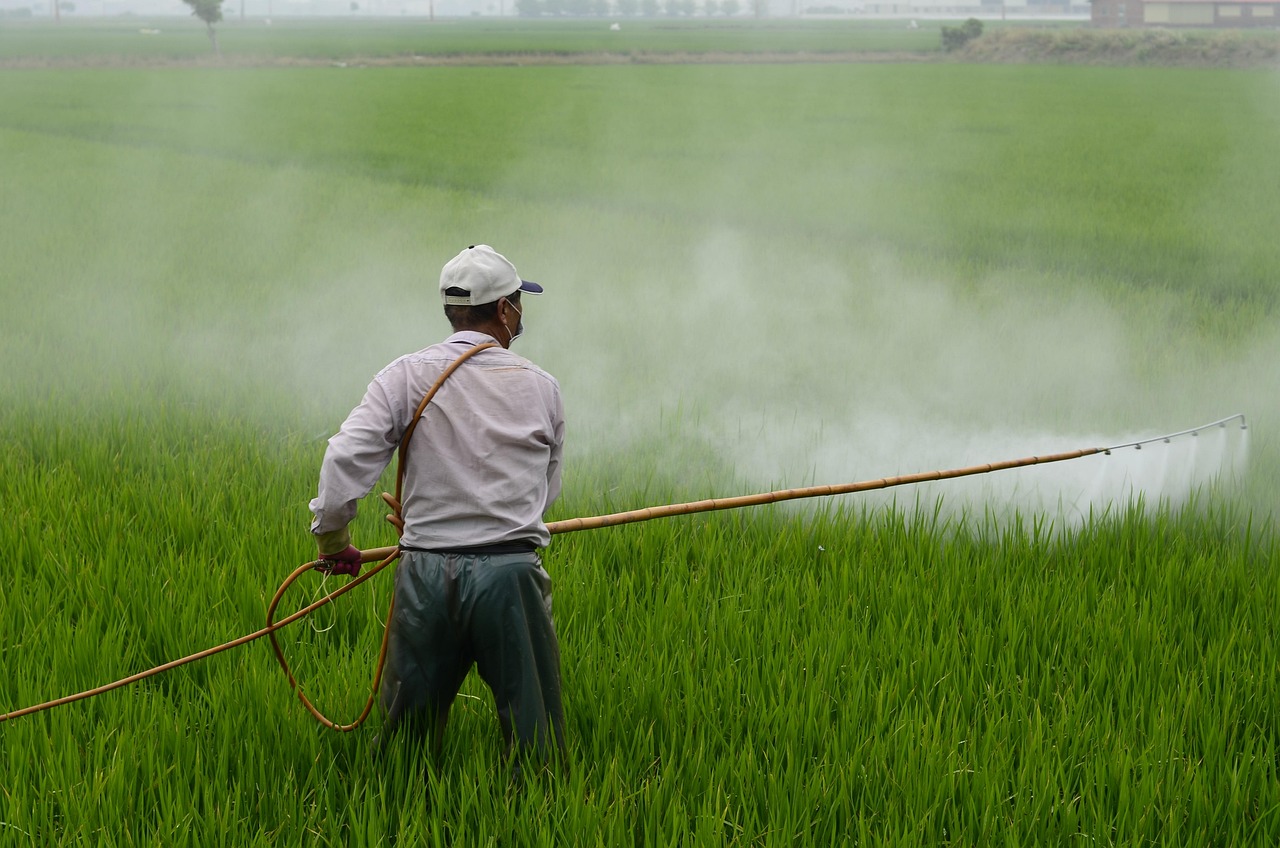Foaming is a common problem during the preparation, production, and use of herbicides. What causes foaming in herbicides? Does it indicate a decrease in their effectiveness?

To enhance the performance and effectiveness of herbicides, a certain amount of chemical additives are often added. These additives are mostly surfactants with foaming properties.
During the production, processing, and spraying of herbicides, the agitation of mechanical equipment causes a large influx of air, which in turn forms foam.
Herbicides contain many chemical ingredients, such as suspending agents and paraquat, which can lead to severe foaming.
Due to fluctuations in the external temperature environment, the chemical components in pesticides are more active in high-temperature environments, making them more prone to foaming. Based on the above analysis, if these foams are not promptly addressed, the effectiveness of herbicides will be compromised, seriously harming crop growth and increasing costs. Therefore, eliminating foam from herbicides is of paramount importance.
Targeting the foaming properties of herbicides, the herbicide defoamer developed by China Zhongke Hongtai Defoamer Manufacturer can quickly and effectively eliminate foam. The herbicide's primary ingredient is modified polyether, formulated through a specialized process. It is highly soluble in water and particularly well-suited to high temperatures, strong acids and bases, high shear forces, and high pressures. It maintains a consistent defoaming and anti-foaming effect in agricultural products.
Herbicide defoamers are widely used in pesticide production, pesticide filling, pesticide transportation, agricultural chemicals, fertilizers, herbicides, desiccants, cleaning agents and many other fields.
 中文
中文
 EN
EN

